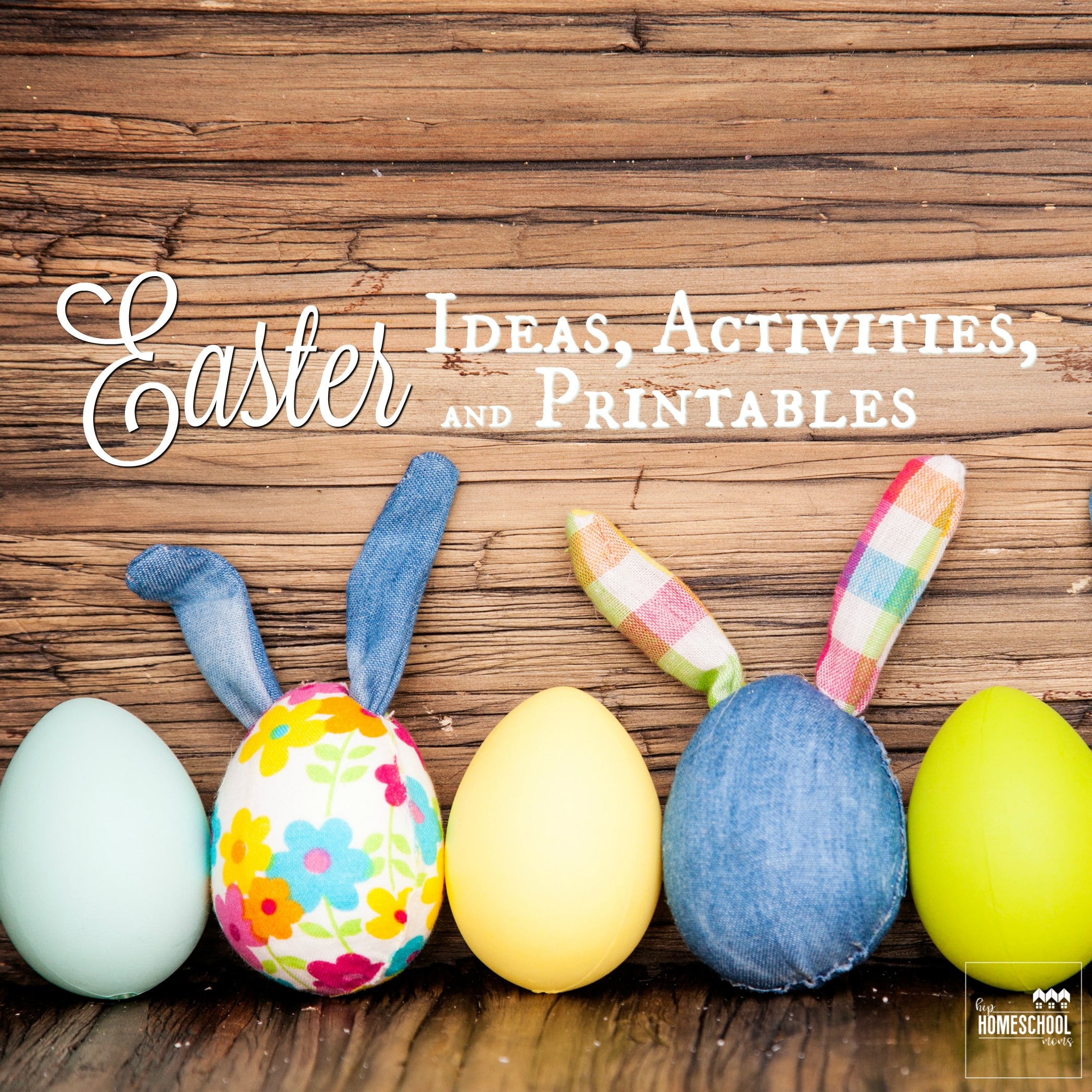DIY Herbal Play Dough to Teach Phonics
Teaching kids to read is so much fun, isn’t it? I’m currently teaching my fourth daughter to read, and it’s definitely time well invested. It’s so fulfilling for me to watch my older girls avidly read good books and opening up whole new worlds of learning and adventure, knowing I played a large part in helping them to be good readers. I enjoy watching my youngest on the same path to enjoying good books.
I always look for ways that I can make school interesting and even fun when I can. Teaching phonics gives way to creative opportunities for fun, and herbal play dough is one way to do just that!
You can use your herbal play dough in several ways to teach phonics. Here are a few suggestions.
- Use cookie cutters to cut out letters. Go over the names and the sounds of the letters. If your child gets a letter right, allow her to smash the letter into a ball. If she misses one, set that letter aside to practice again. Keep going until all of the letters have been smashed! (If you have a very young child or if your child has a short attention span, just cut out a few letters to use at each sitting. It may be too overwhelming and discouraging to do all 26 letters at once time!)
- Use the same cookie cutters to cut out letters to make short words. (Again, you may want to just use a few letters at a time instead of using all 26 letters.) You could, for example, cut out the letters h and t. Then cut out the vowels. Using these two consonants and the vowels, you can practice words like hat, hit, hot, and hut. You could even practice nonsense words like het just for fun and to reinforce the short vowel sound between two consonants.
- Roll the dough into “snakes” and use them to form your own letters! This is good sensory practice, and it’s good for helping to teach children the correct way to form the letters. Practice just a few letters at a time.
- Flatten out a “sheet” of play dough and have your child write his letters in it using a toothpick, wooden skewer, butter knife, or whatever else you have on hand that will work.
- Create words with silent e on the end out of play dough. Then squish the silent e to reinforce the concept that the e is silent.
- For younger students who might have trouble forming letters with play dough snakes or even cutting out letters using cookie cutters, help them use play dough mats with letters already on them. The children can make play dough snakes and cover the letters on the mats with them therefore “tracing” the letters.
- Another easier activity for younger students is using cookie cutters to “stamp” letters into the play dough.
For those of you that have younger children like me, you probably know that little kids really enjoy making anything more fun with something crafty and squishy. My daughter certainly does. So one day we mixed together this herbal play dough, and my daughter has a lot of fun making letters and sounding out words with it. It’s fun to use the dough for math and of course just for plain ol’ fun!
I like to add herbs to the play dough to make it unique, to give an opportunity for some herbal learning, and to make it smell great! Every time we open the bag of play dough, it smells like lovely lavender with a hint of roses.
You can choose any herbs you wish, but I chose these two herbs because I have plenty of them on hand and we enjoy their fragrances. Make sure you take the time to teach your kids about the herbs you are using! We use herbs as food and medicine on a regular basis, and I am continuously teaching my girls how to use herbs in these ways. Simply do a little research on the herbs you choose and give your kids a quick lesson on how good they are for you.
For instance:
- Lavender is a calming herb that helps you relax. It helps headaches and also is anti-fungal, antibacterial, and antiviral.
- Rose petals are yummy tossed in salads and sprinkled over desserts. They are good to relieve headaches, insomnia, and help the nervous system.
Each time I use the play dough, I like to give a quick refresher course on what the herbs are good for. And this play dough is safe to eat as well. While it won’t taste good, you don’t have to worry about any danger if a little ones has a bite of it.
- 2 cups flour
- 1 cup salt
- 1.5 cups boiling water
- 2 tbsp olive oil
- 1 tablespoon cream of tartar
- 1/4 cup rosemary (dried or fresh), or another herb of choice
- 1/4 cup lavender (dried or fresh), or another herb of choice
- Food coloring, optional
- Mix all of the ingredients together in a bowl, except for the herbs.
- Allow the play dough to cool until safe to touch.
- Knead play dough until soft and stretchy
- Mix in the herbs.
Play dough is just one kind of sensory activity that many young children enjoy. Do you have other suggestions for sensory activities to teach phonics? Please share below!









Hi Jill.
I am loving reading your tips and thoughts. I wondered if you might have a tip or two for me. I am a Grandmother of 2, 3 years and 8 months, who looks after them during they day while their parents are at work.
Here in New Zealand it is winter and our 3 year old is going from one cold to another and now the little one has it now. I use a herbal decongestant oil blend in a burner in her room when she sleeps but I (we) need to break the cycle.
Thank you for your time.
Jill,
I love this idea- it’s fun, educational, and fragrant. I’ll bet just playing with the play dough is relaxing with all the herbs. I’m pinning this to make with the grandkids.. thanks
I love this! I never would’ve thought to add herbs.